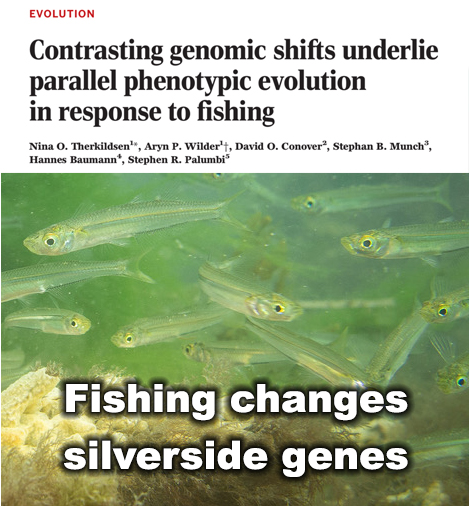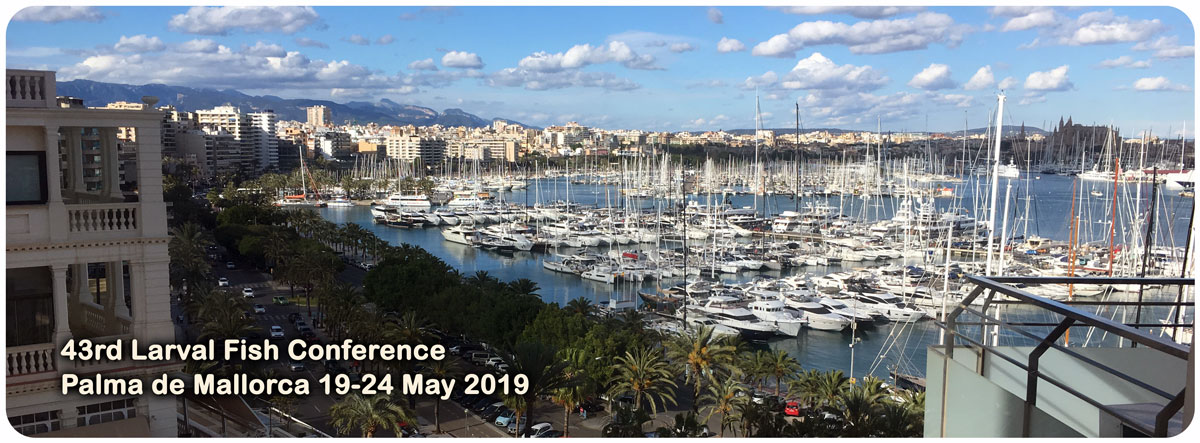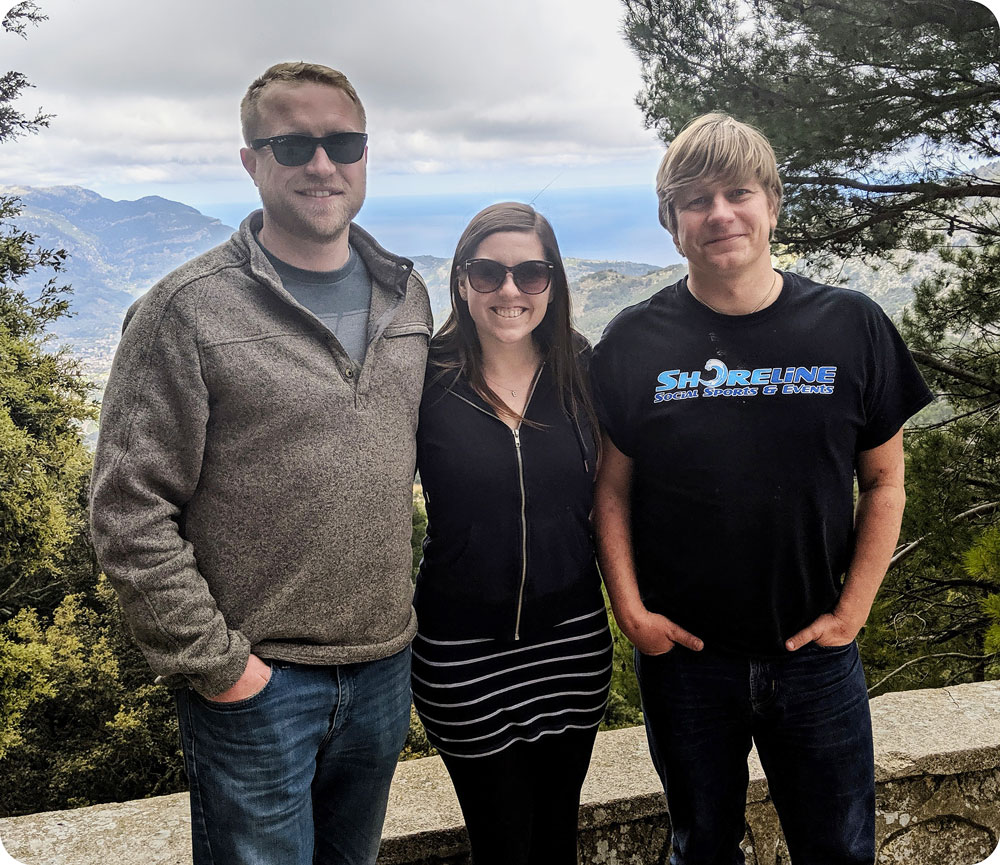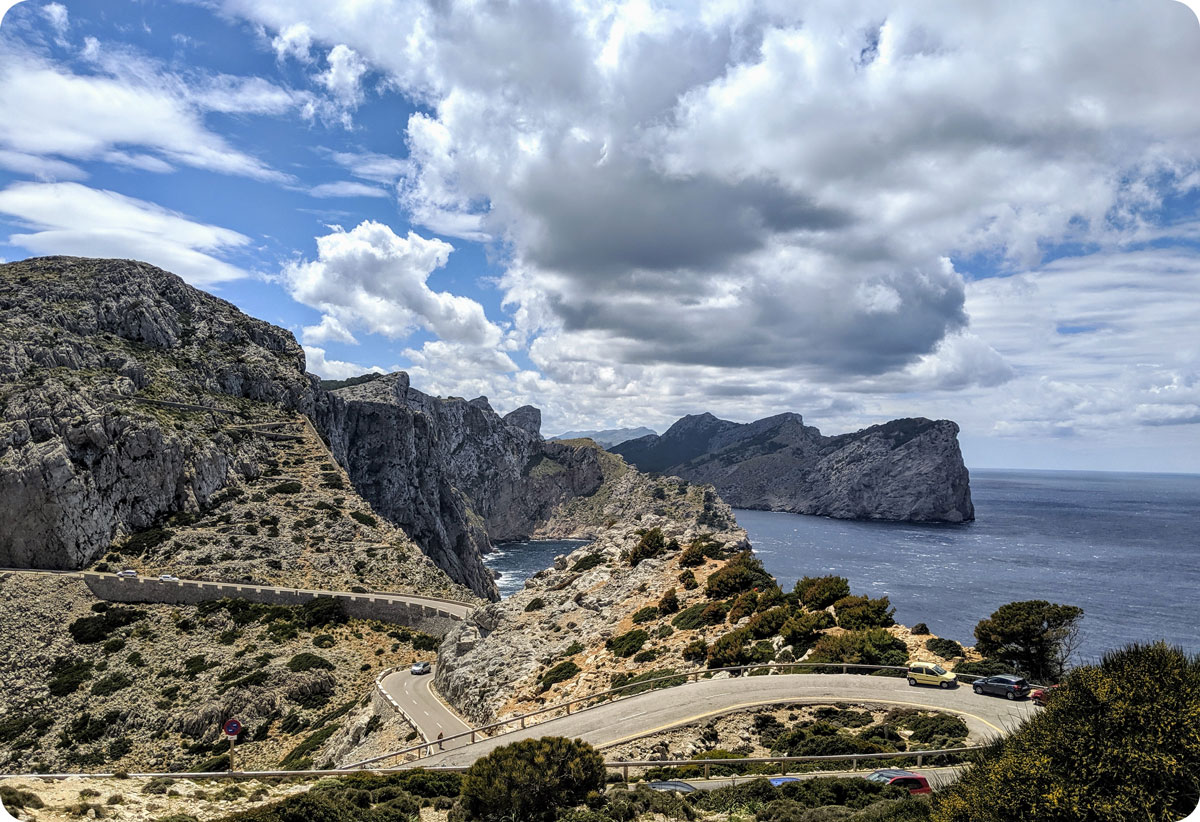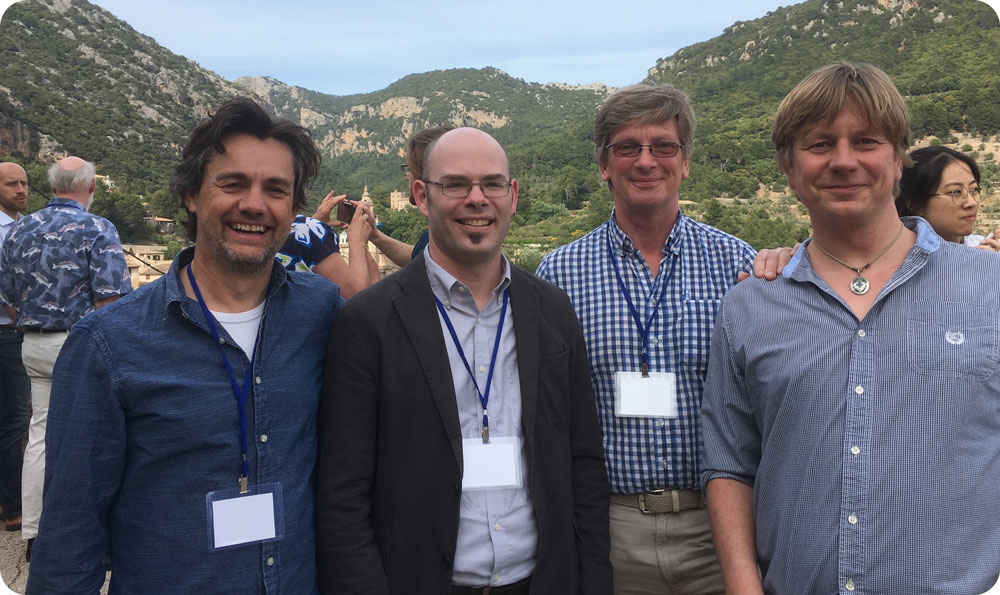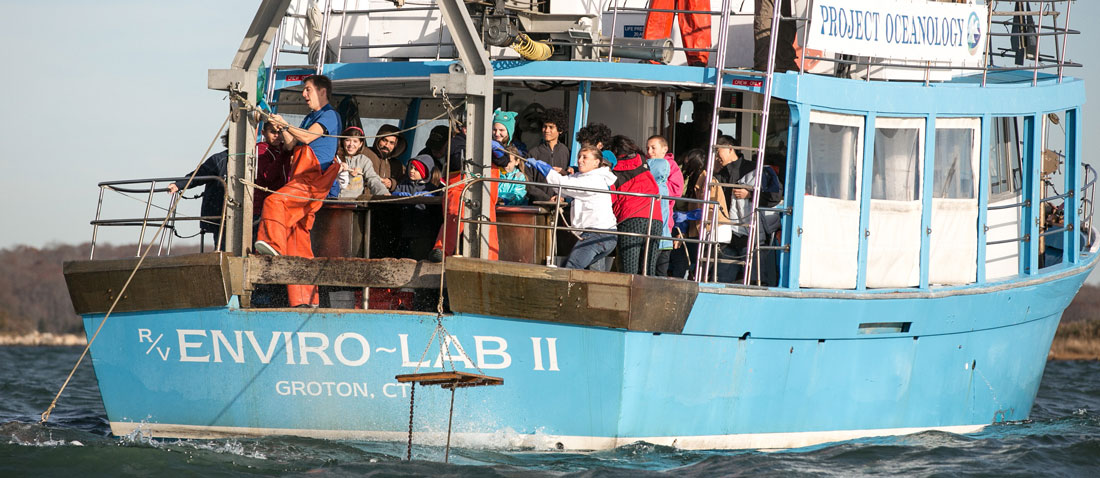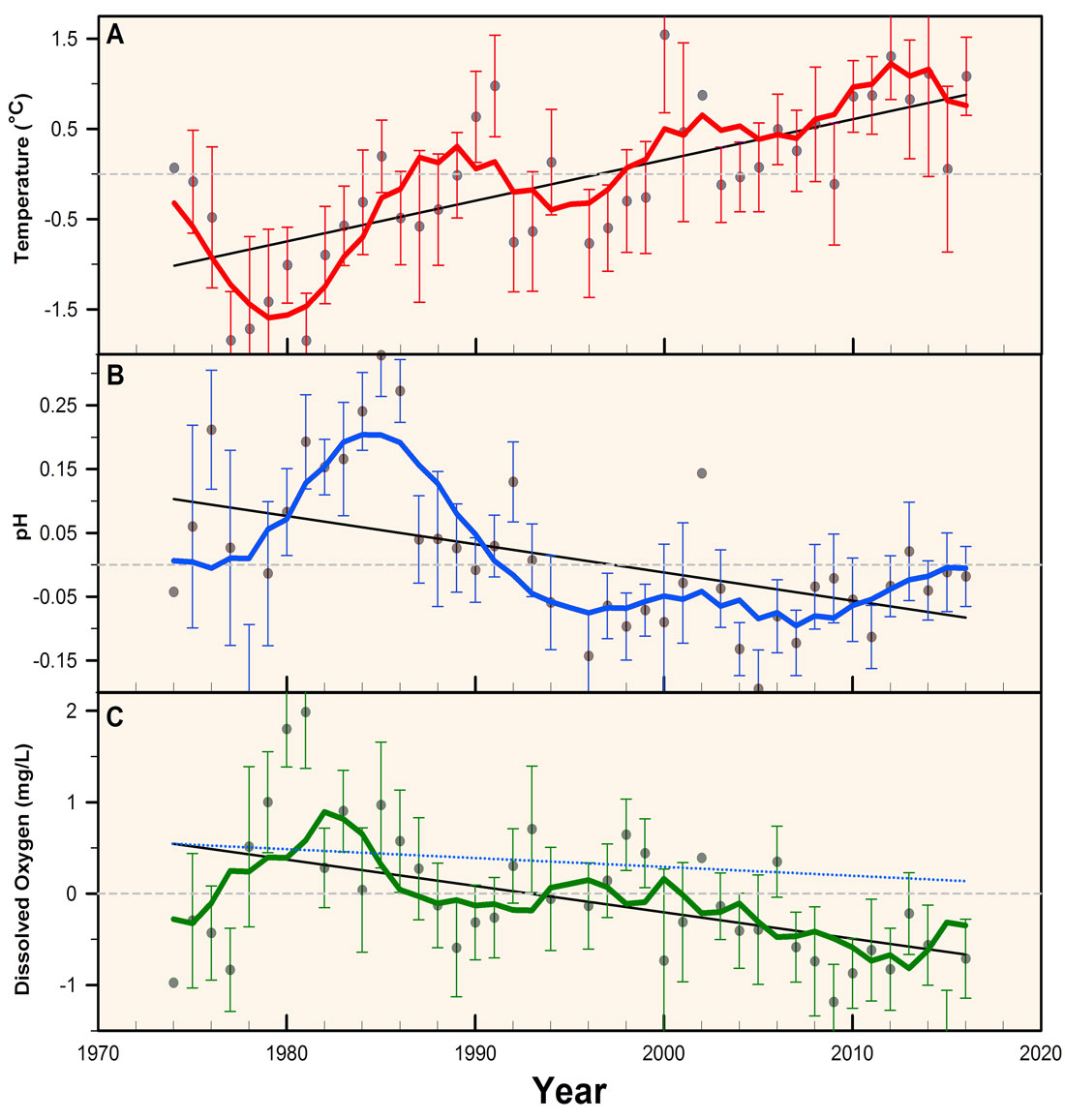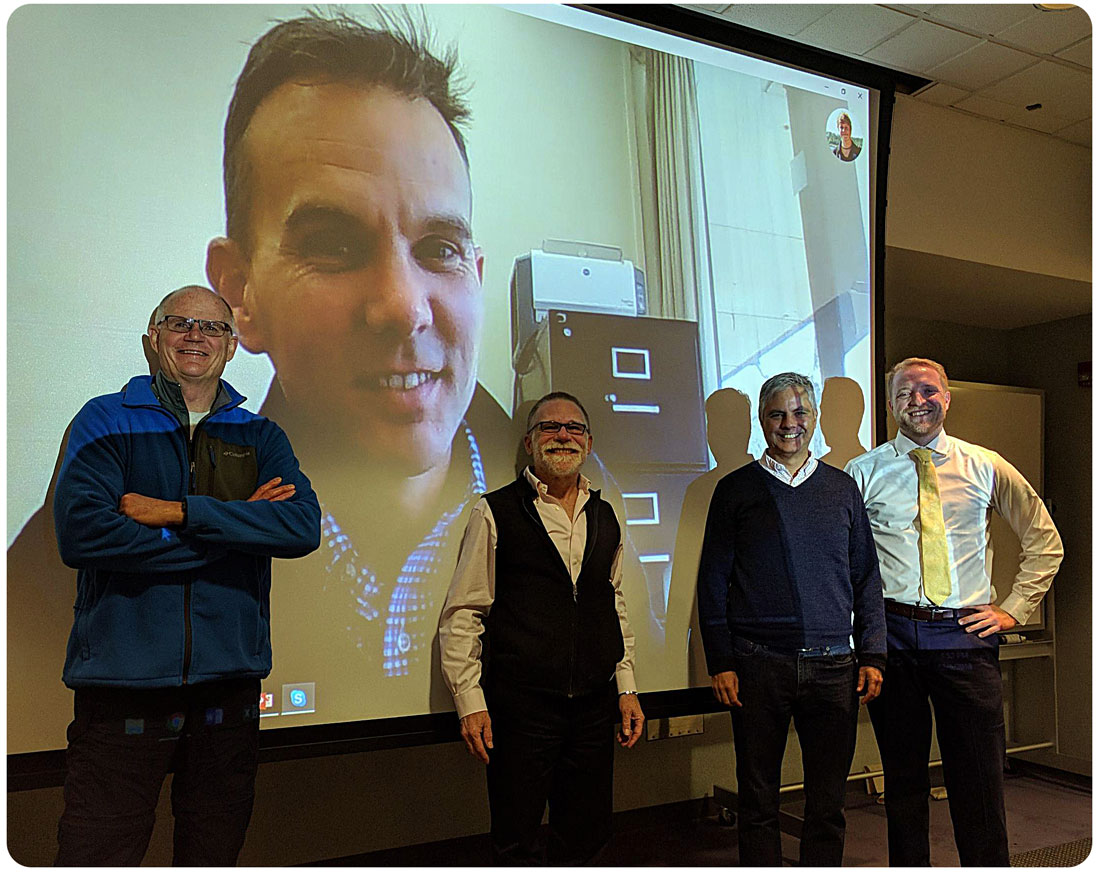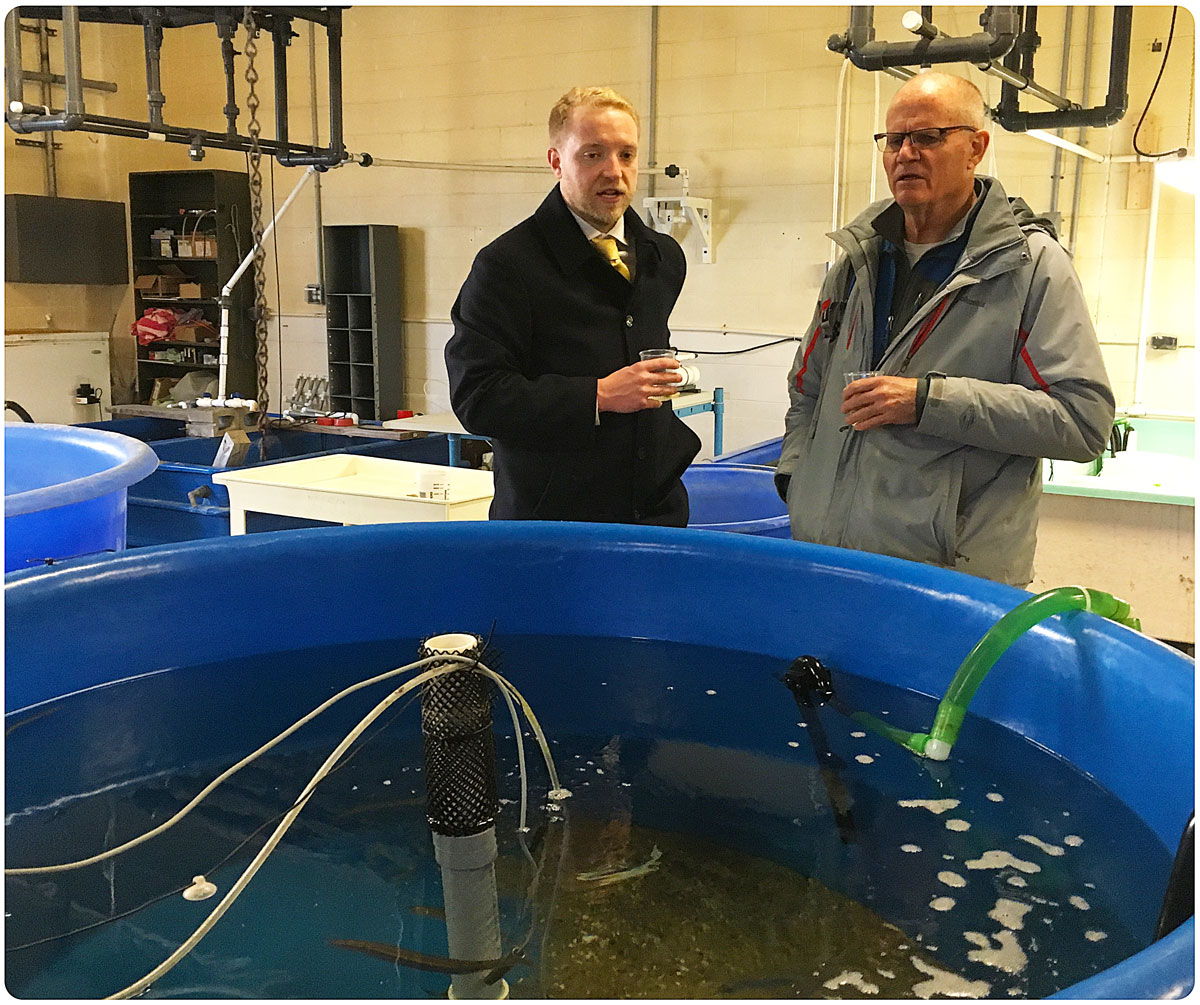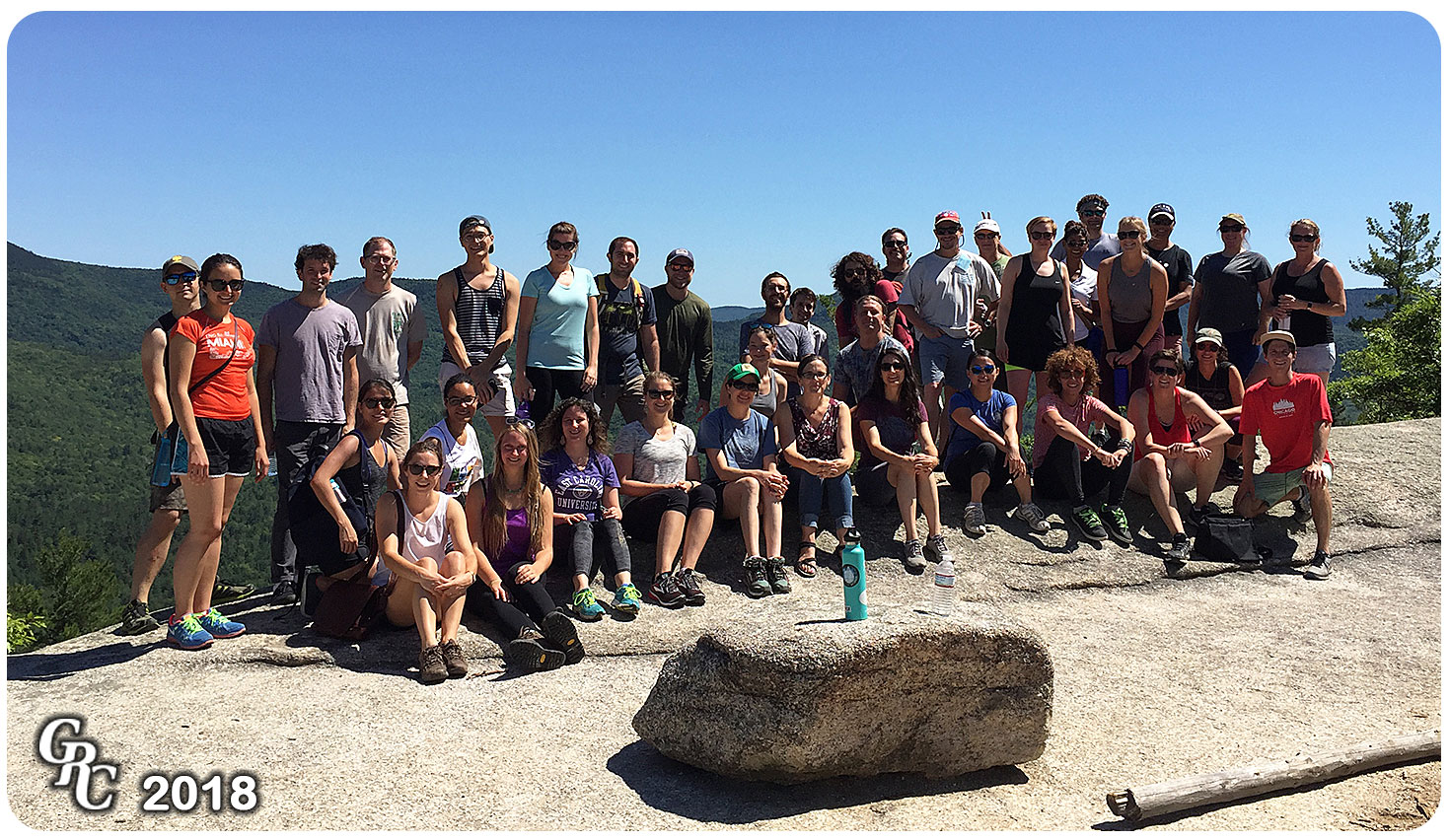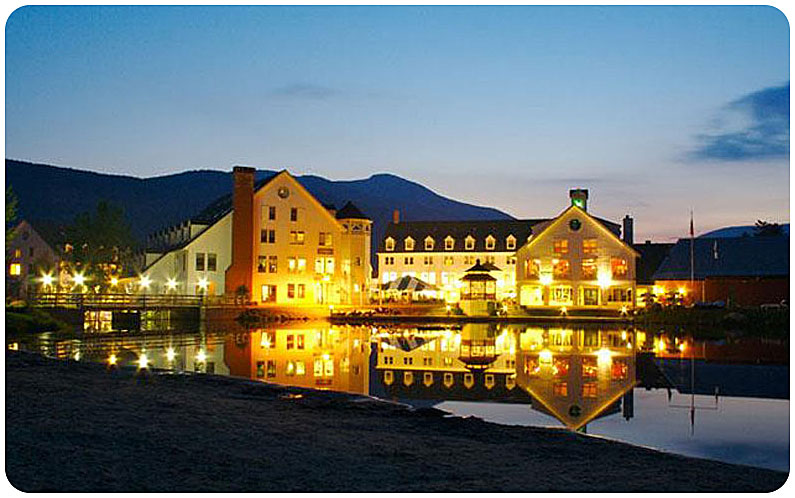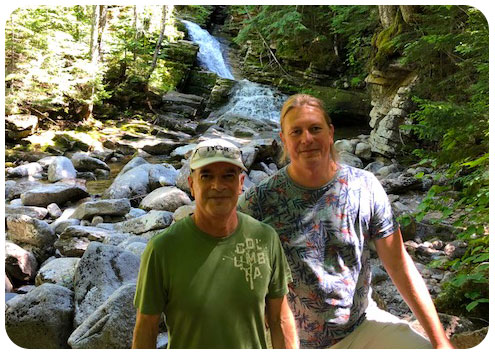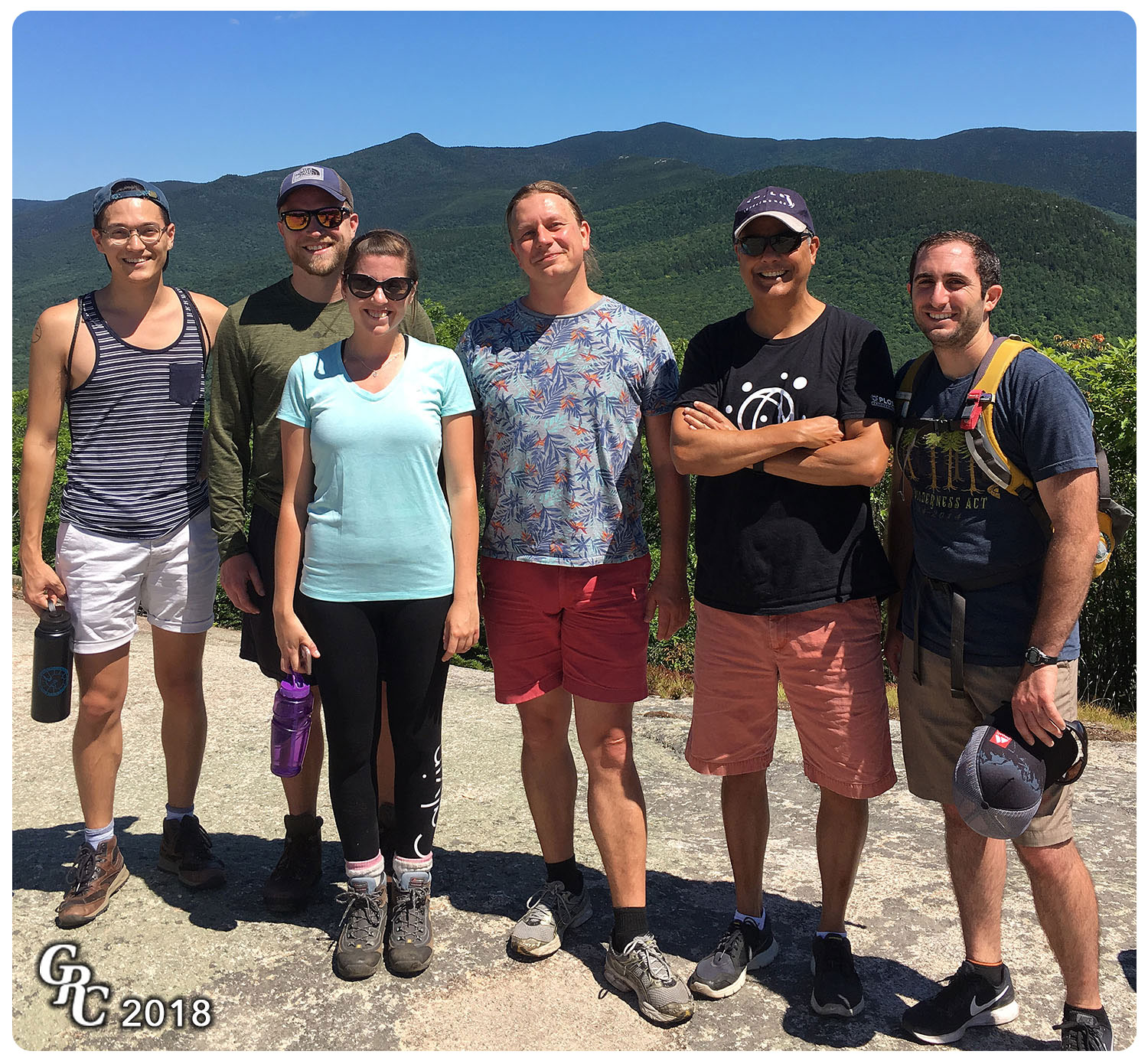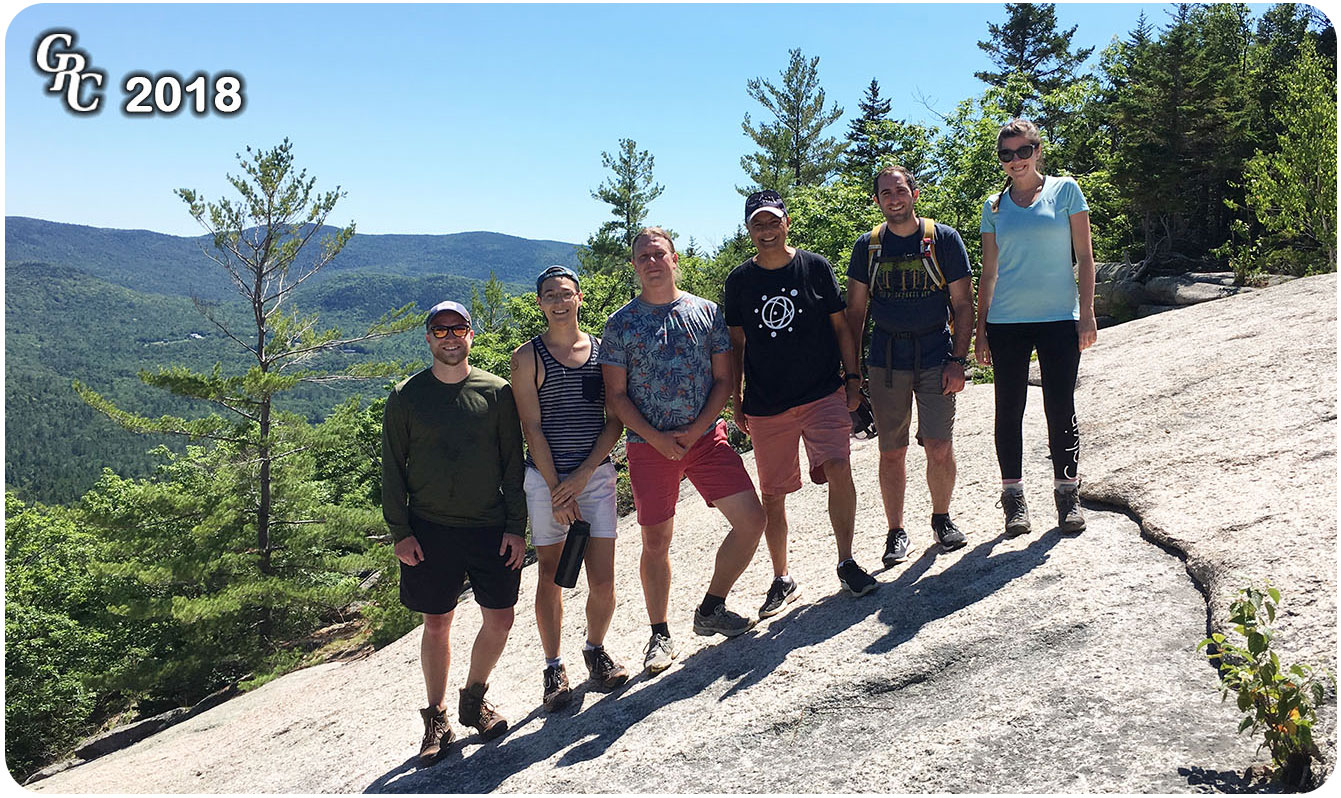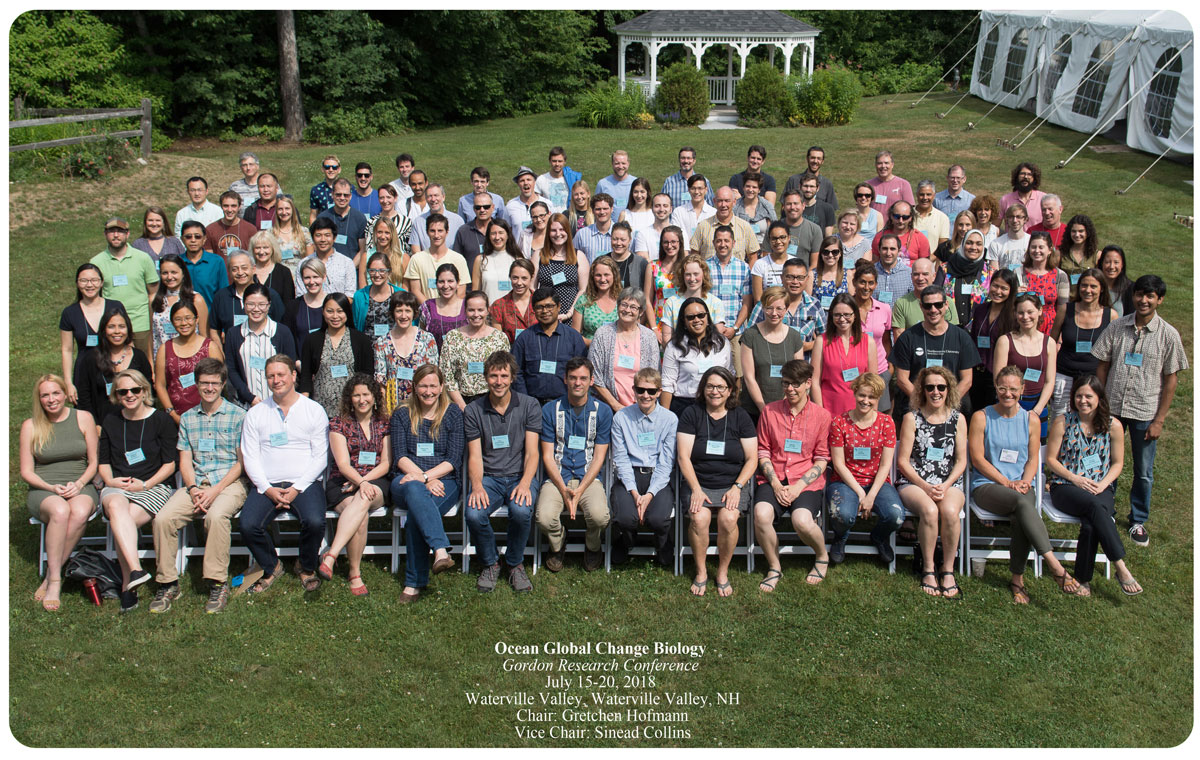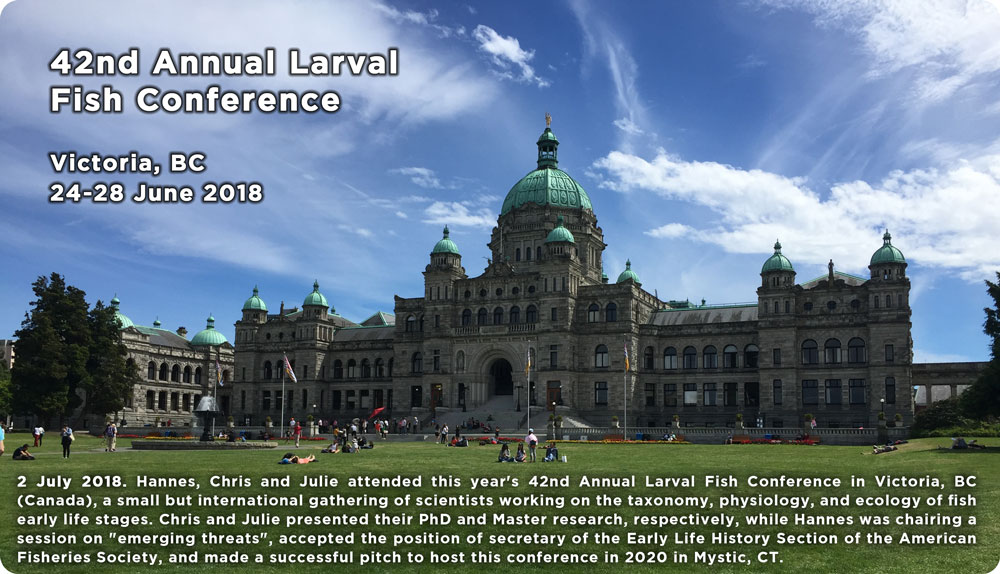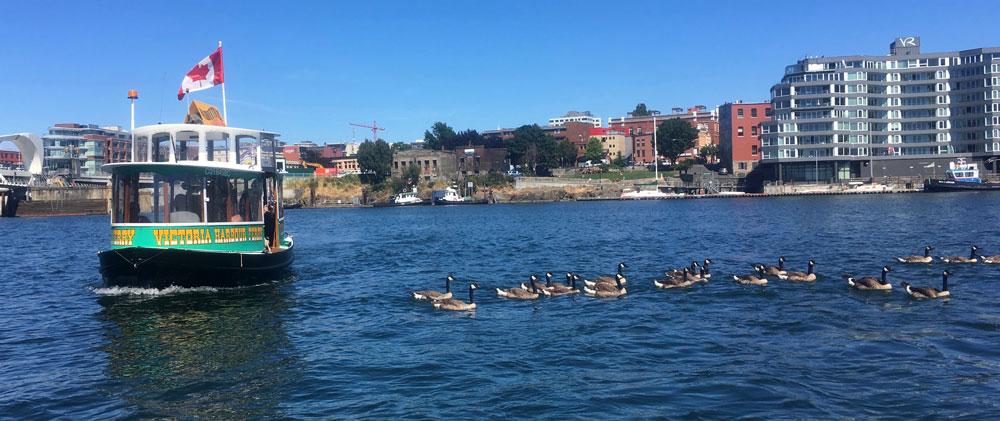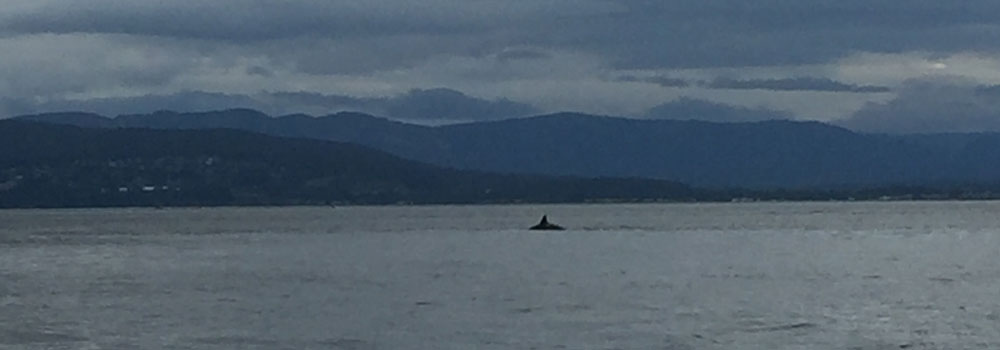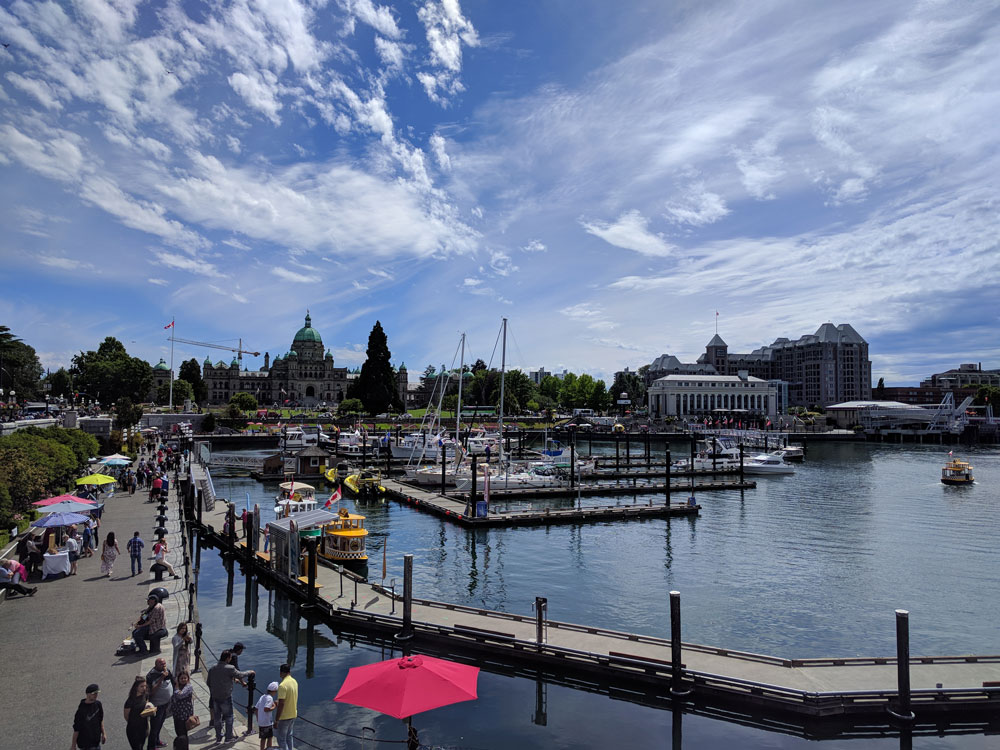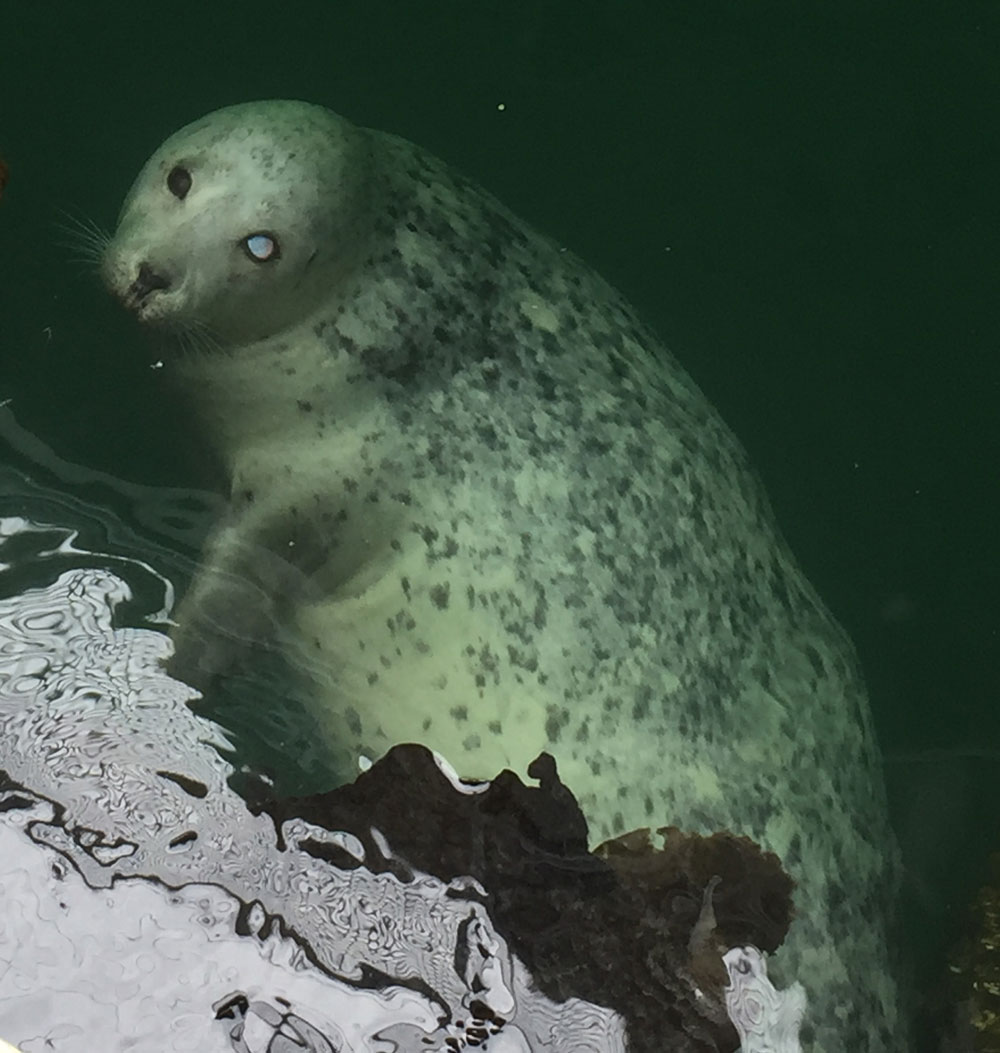Therkildsen, N.O., Wilder, A.P., Conover, D.O., Munch, S.B., Baumann, H., and Palumbi, S.R. (2019)
Contrasting genomic shifts underlie parallel phenotypic evolution in response to fishing
Science 365:487-490
Related perspective: Fishing for answers Science 365: 443-444 | Cornell Press release | UConn Press release
Now, for the first time, researchers have unraveled genome-wide changes that prompted by fisheries – changes that previously had been invisible, according to a study published in Science by a team of researchers including Hannes Baumann, UConn assistant professor of Marine Sciences, who collaborated with researchers at Cornell University, the University of Oregon, the National Marine Fisheries Service, and Stanford University.
In unprecedented detail, the study shows sweeping genetic changes and how quickly those changes occur in fish populations extensively harvested by humans, says Baumann.
“Most people think of evolution as a very slow process that unfolds over millennial time scales, but evolution can, in fact, happen very quickly,” said lead author Nina Overgaard Therkildsen, Cornell assistant professor of conservation genomics in the Department of Natural Resources.
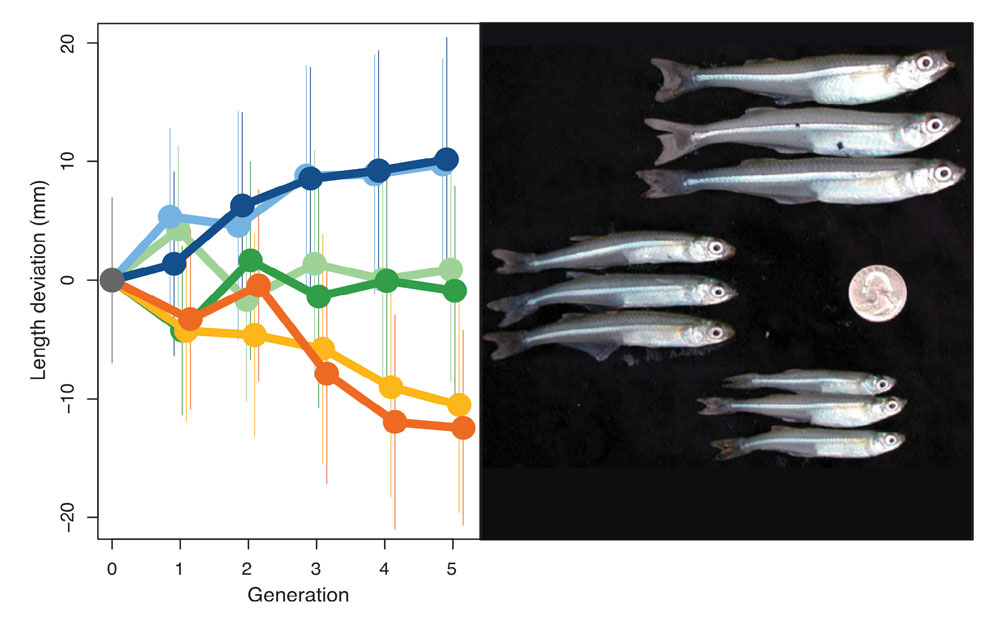
The all-pervasive human meddling in our planet’s affairs undeniably reached the genetic make-up of its organisms.
— Hannes Baumann, UConn.
In heavily exploited fish stocks, fishing almost always targets the largest individuals. “Slower-growing fish will be smaller and escape the nets better, thereby having a higher chance of passing their genes on to the next generations. This way, fishing can cause rapid evolutionary change in growth rates and other traits,” said Therkildsen. “We see many indications of this effect in wild fish stocks, but no one has known what the underlying genetic changes were.”
Therkildsen and her colleagues took advantage of an influential experiment published back in 2002. Six populations of Atlantic silversides, a fish that grows no bigger than 6 inches in length, had been subjected to intense harvesting in the lab. In two populations, the largest individuals were removed; in another two populations, the smallest individuals were removed; and in the final two populations, the fishing was random with respect to size.
After only four generations, these different harvest regimes had led to evolution of an almost two-fold difference in adult size between the groups. Therkildsen and her team sequenced the full genome of almost 900 of these fish to examine the DNA-level changes responsible for these striking shifts.
The team identified hundreds of different genes across the genome that changed consistently between populations selected for fast and slow growth. They also observed large linked-blocks of genes that changed in concert, dramatically shifting the frequencies of hundreds of genes all at the same time.
Surprisingly, these large shifts only happened in some of the populations, according to the new paper. This means that there were multiple genomic solutions for the fish in this experiment to get either larger or smaller.
“Some of these changes are easier to reverse than others, so to predict the impacts of fisheries-induced evolution, it is not enough to track growth rates alone, we need to monitor changes at the genomic level,” said Therkildsen.
When the experiment was originally conducted nearly two decades ago by co-authors David Conover, professor of biology at the University of Oregon, and Stephan Munch of the National Marine Fisheries Service, the tools to study the genomic basis of the rapid fisheries-induced evolution they observed were not available. Fortunately, Conover and Munch had the foresight to store the samples in a freezer, making it possible to now return – armed with modern DNA sequencing tools – and reveal the underlying genomic shifts.
Research like this can assess human impacts, and improve humanity’s understanding of “the speed, consequences and reversibility of complex adaptations as we continue to sculpt the evolutionary trajectories of the species around us,” Therkildsen said.
“What’s most fascinating about this is that life can find different genetic ways to achieve the same result. In this study, two experimental populations evolved smaller body size in response to the selective removal of the largest fish, which is what most trawl fisheries do. However, only by looking at the genetic level we demonstrated that these two experimental populations evolved via two completely different genetic paths,” says Baumann.
The good news for the Atlantic silversides is that the fisheries selection was able to tap into the large reservoir of genetic variation that exists across the natural range of this species from Florida into Canada, said Therkildsen: “That genetic bank fueled rapid adaptation in the face of strong fishing pressure. Similar responses may occur in response to climate-induced shifts in other species with large genetic variability.”
“Scientists have coined the term Anthropocene in recognition of the all-pervasive human alteration of the earth’s climate, oceans, and land. No matter how ‘pristine’ a piece of nature may look to us at first glance, examine it thoroughly enough and you will find a trace of human in it. Take a cup of water from the middle of Pacific Ocean and a handful of sand from a ‘pristine’ beach – and you will find little plastic particles under the microscope,” says Baumann. “The parallel to this study is that the all-pervasive human meddling in our planet’s affairs now undeniably reached the genetic make-up of its organisms. Today’s fishes may superficially look the same as always, but their genes are not. They bear witness to human alteration.”
In addition to Baumann, Therkildsen, Conover, and Munch, co-authors included former Cornell postdoctoral researcher Aryn P. Wilder, now a researcher at San Diego Zoo Institute for Conservation Research; and Stephen R. Palumbi, Stanford University.
This work was funded by the National Science Foundation.
